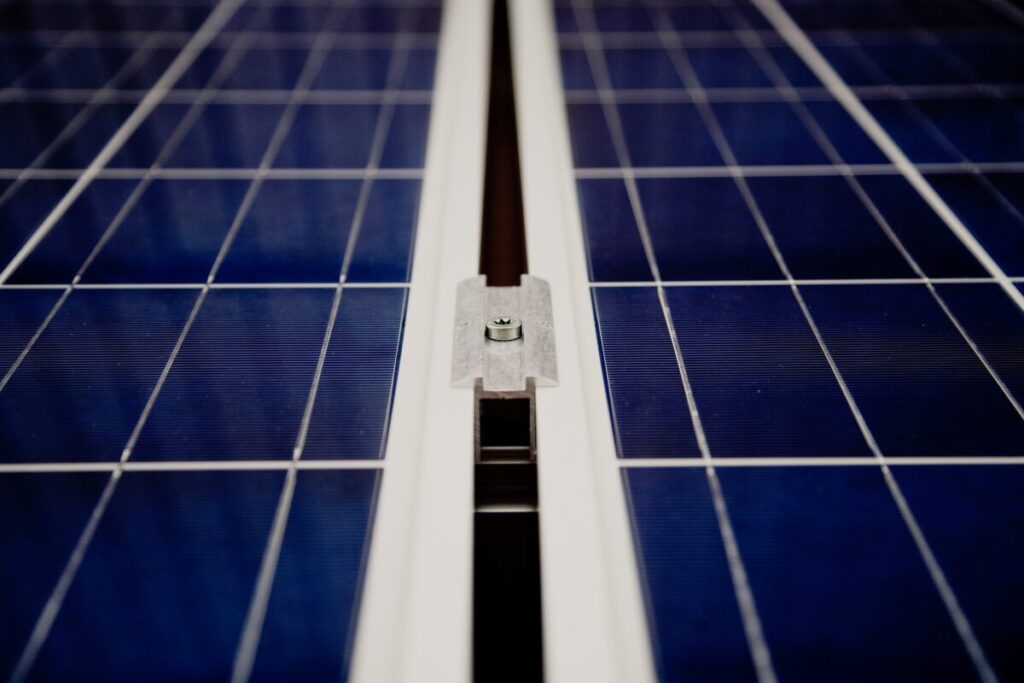Thai researchers developed three blends of organic phase change material (PCM) with nanoparticles to cool PV modules and improve efficiency. They used lauric acid mixed with aluminum oxide, copper oxide and magnesium oxide in an optimal weight ratio of 94:6, increasing module efficiency by as much as 14.11%.
Scientists in Thailand have analyzed three blends of organic phase change material (PCM) with nanoparticles to cool PV modules and increase efficiency. They used the organic fatty acid lauric acid (LA) and mixed it with aluminum oxide (Al2O3), copper oxide (CuO) and magnesium oxide (MgO) in an optimal weight ratio of 94:6.
“Organic PCM was selected due to its lower density than other types, which could potentially influence its lightweight properties,” the group said. “This study significantly reduced the cost of the metal oxide nanoparticle enhancer compared to other nanoparticles used in previous research.”
The team selected the weight ratio of 94:6 based on previous experiments. They prepared the mixture using LA with a purity of at least 99%, Al2O3 with a particle size of 44 μm, MgO at 125 μm and CuO at 44 μm. The PCM was placed in a 0.128 m², 3 mm thick acrylic container and attached to the back of the PV modules. They tested four 20W polycrystalline modules: three with one of the PCM blends and one without PCM as a reference.
“After nanoparticles are incorporated into the PCM and the container is filled, the nanoparticle dispersion and nanoparticle composite (nc)-PCM stability should be maintained,” the researchers said. “This can be achieved by turning the container every five minutes during the cooling phase until it solidifies. During the test, some of the nc-PCM underwent a change from solid to liquid as they absorbed heat from the PV module, leading to its melting. This could result in a non-uniform, even distribution of nanoparticles within the PCM.”
The researchers placed all PV modules at a tilt angle of 45 degrees under artificial light with an intensity of 1,000 W/m². The ambient temperature in Thailand reached 38 C, while the PCMs melted at temperatures between 41 C and 44 C. They conducted three experiments in August 2023 and averaged the results for analysis.
“The cooling technology on the back of the PV module installed in the PCM container contributed to a decrease in the average temperature of LA by 5.2 C (9.20%), 4.3 C (7, 63%) and 2.9 C (5.2%): MgO, LA: Al2O3 and LA: CuO, respectively,” the scientists said. “For example, the electrical efficiency of the average PV module was improved by 14.11% (LA: MgO), 9.64% (LA: Al2O3) and 8.43% (LA: CuO).”
The results showed that the output power of the modules increased by 14.18% for LA:MgO, 9.69% for LA:Al2O3 and 8.47% for LA:CuO. An economic analysis found that MgO was the most cost-effective option, priced at $2.19 per kg. For comparison, Al2O3 costs $13.10/kg, and CuO costs $31.19/kg.
They presented their findings in “Thermal management of a photovoltaic module using affordable organic phase change material in combination with a nanometal oxide particle amplifier”, recently published in Heliyon. Researchers from Thailand’s Khon Kaen University and Chiang Mai University conducted the study.
This content is copyrighted and may not be reused. If you would like to collaborate with us and reuse some of our content, please contact: editors@pv-magazine.com.

